Precision. It’s a word synonymous with the luxury watch industry. The collectors and enthusiasts of today demand the highest performance from their watches, and rightly so given the top price tags of luxury pieces. The measurement generally relied upon to gauge the worthiness of a mechanical watch is timekeeping accuracy. Today, watch companies are advertising an accuracy that is greater than ever before, but what does this mean for the average consumer? How can these numbers be interpreted to clearly understand what level of performance to expect from your watch?
Changing Accuracy
Since the age of church turret clocks, which were able to tell time to the nearest hour, watchmakers have sought greater precision from mechanical time-keepers. Over the next few hundred years, clocks became more precise. Marine chronometers were developed and displayed greater timekeeping accuracy at sea. Portable pocket watches went from strength to strength.
In the late 1800s, the wristwatch entered the scene and changed the landscape of mechanical watchmaking forever, becoming more and more commonplace as the years went on. Eventually, these were the only watches the public wanted. Here was a revolutionary product that meant time was always with you, and a casual glance at the wrist was all that was required. They were small, portable, and practical compared to pocket watches, which were bulky and cumbersome.
While the wristwatch was undoubtedly revolutionary, it did bring with it a whole new set of problems. This tiny horological machine was now portable and required the ability to be thrust into various positions on an almost constant basis.
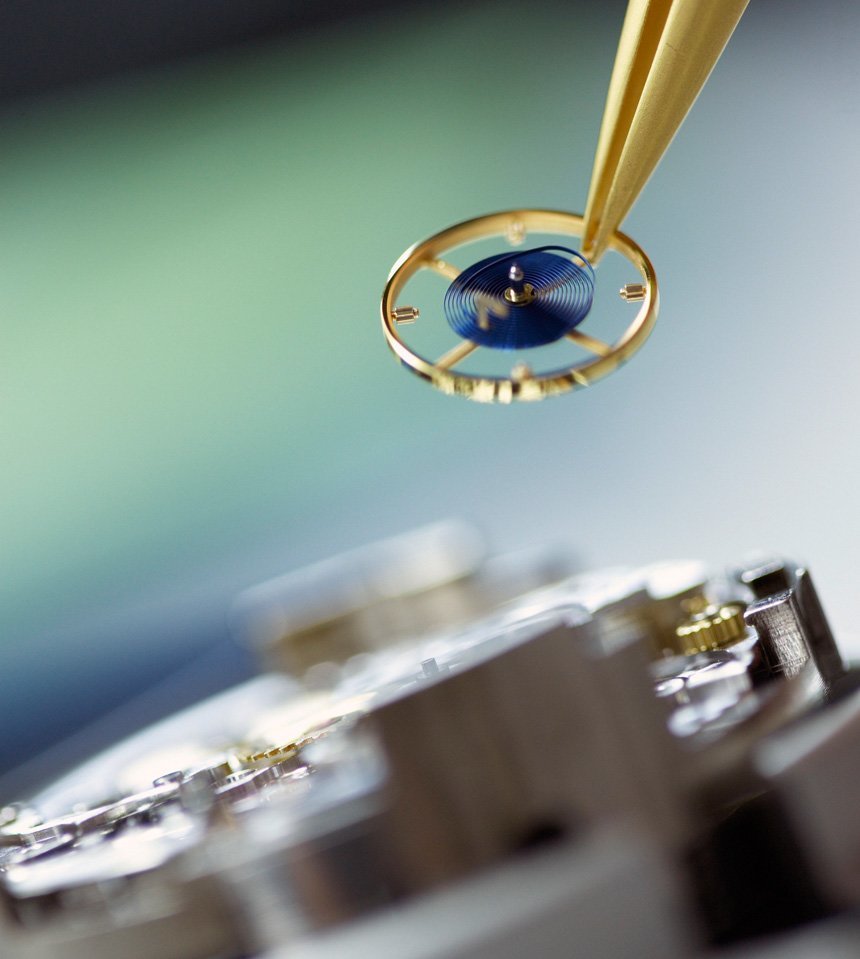
Over the next hundred years, watchmakers developed new techniques and improved on existing designs to obtain greater accuracy from mechanical watches and overcome the hurdles of gravity. As a result of that, wristwatches today are the most accurate they have ever been and set to become more accurate in the future as a result of new manufacturing techniques and concepts.
In modern times, chronometer certificates issued by C.O.S.C. have been the industry standard for timekeeping. The chronometer certification requires a watch to keep an average daily rate between the parameters of +6 – 4 seconds per day, as measured over the first ten days of testing. There are also thermal variations taken into account, but we won’t get into that here.
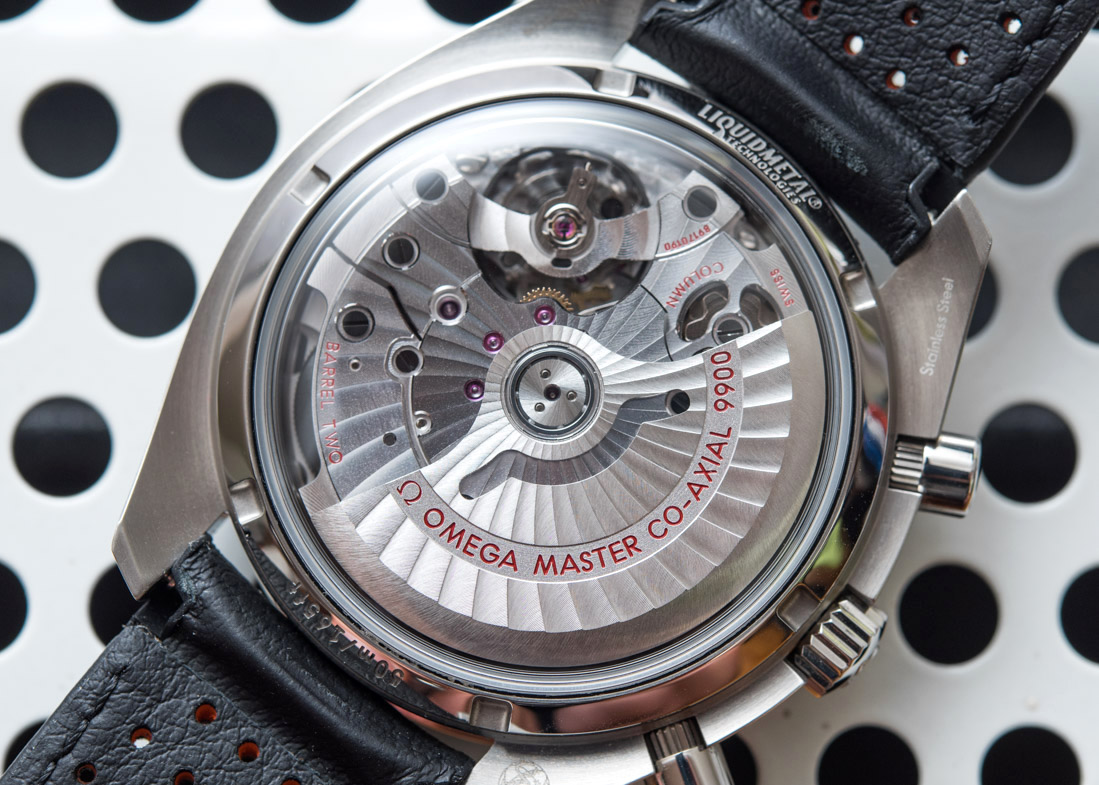
In the last few years, however, companies are refusing to rest on their laurels and are pushing the timekeeping boundaries further. Chronometer certification is still a reliable benchmark for accuracy today. But watch companies have put forth new and improved testing and timekeeping requirements.
Patek Philippe has created its seal, which requires calibers over 20mm to be accurate to -3 +2 seconds over 24 hours. Omega has employed the M.E.T.A.S. certification, which states that the watch must accurately record time between 0 and + 5 seconds per day. The Geneva Seal have updated their timekeeping requirements to ensure that a watch does not exceed 1-minute variation over 7 days.
With new certifications and testing requirements being rolled out across the industry, what do the figures we read about in these certifications mean in a real world scenario on your wrist?
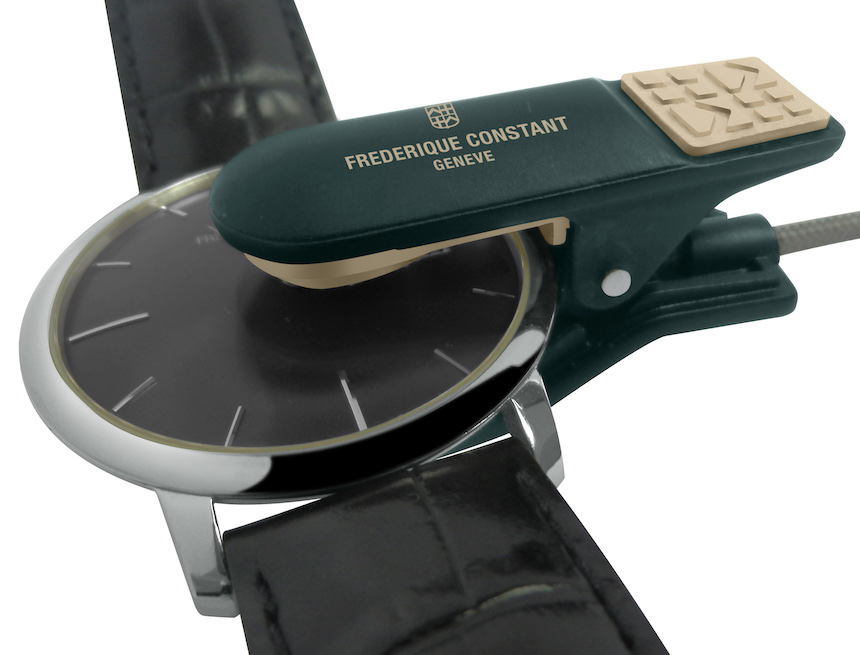
Run The Numbers
With watch timing machines being manufactured relatively inexpensively these days and watch-timing apps available on all smartphones, collectors are keenly interested in testing the performance of their watches, and so they should be. As brands claim greater accuracy than ever before, it’s essential to hold them to account and make sure the stated numbers are a reality. But when reading these figures, we need to know what we are reading.

For this article, we shall look at the stringent new Rolex requirements.
For a Rolex watch to meet its requirements, it needs to keep time within plus 2 seconds to minus 2 seconds per day. That means it can only gain a maximum of 2 seconds or lose a maximum of 2 seconds in 24 hours.
There are two horizontal positions and three vertical, or hanging, positions in which the movements are tested, giving a total of five overall positions. These positions represent the dial facing upwards and then downwards and the vertical positions of 3 o’clock (pointed upwards), 6 o’clock (pointed upwards) and 9 o’clock (pointed upwards). These are the most common positions for a watch to be in. Examples would be a hand pointed to the floor, a hand resting on a table, and a hand pointed toward the sky.
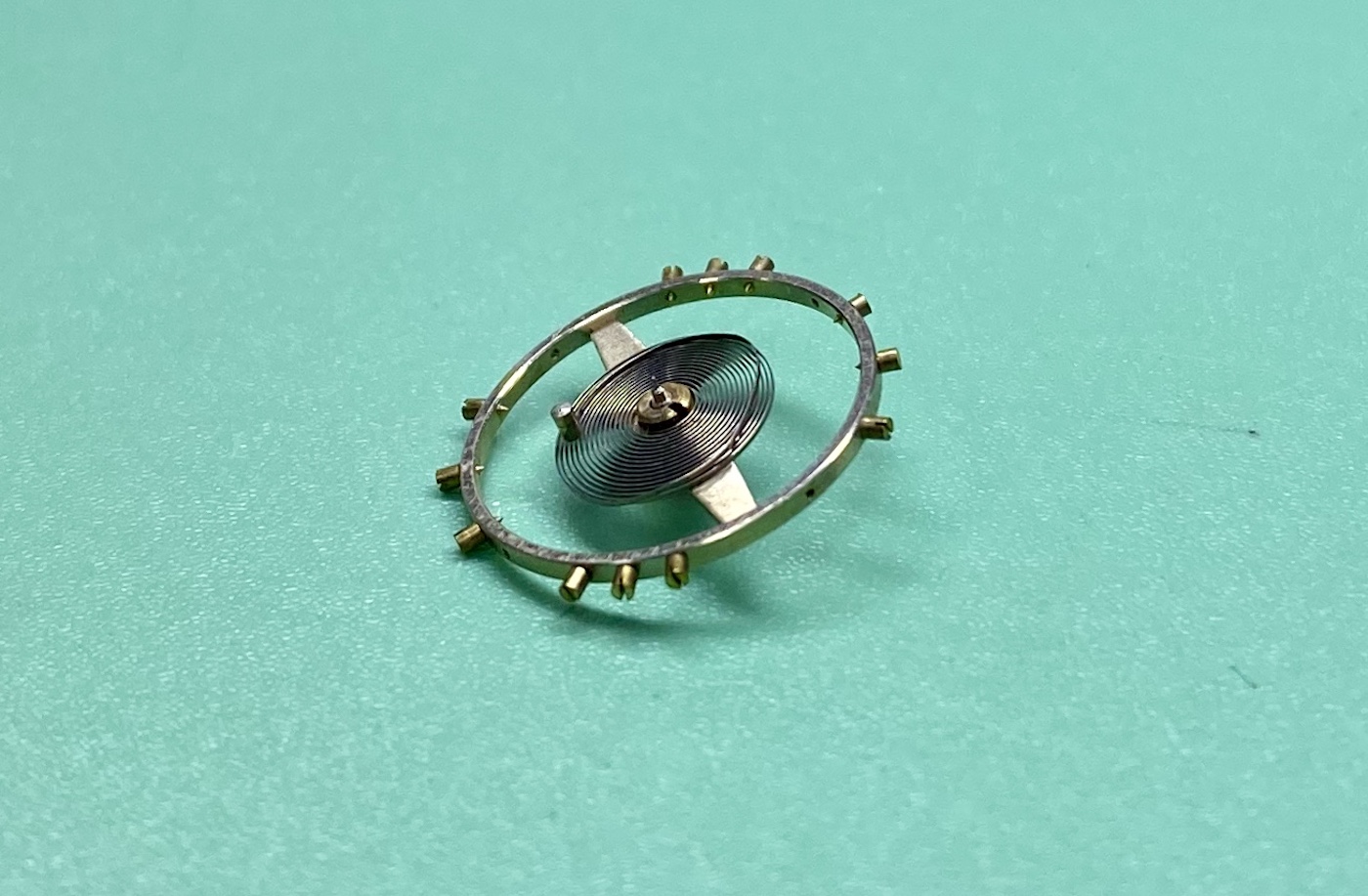
The + 2 – 2 requirements are an average taken over all positions of testing. The watch is adjusted to a specific time, say plus-2 seconds per day as calculated by a watch-timing machine. (The machine uses the sounds that the escapement makes to gauge how the watch is performing and converts that to numerical data.)
The watch is then tested in the various positions we discussed. The following chart explains a typical readout from a watch-timing machine.
| Position Of Watch | Seconds Per Day |
| Dial Up | +2 |
| Dial Down | -1 |
| 6 o’clock | +3 |
| 9 o’clock | -3 |
| 3 o’clock | +5 |
At first glance, it may look as if the watch is out of tolerance for Rolex timekeeping requirements as +5 seconds and -3 seconds are well out of the +2 -2 range. I have read many forum posts from people checking the timekeeping of their watches and being concerned that they are not within the brand’s specifications. However, this watch is actually in spec for Rolex.
The five figures need to be added together and then divided by the number of positions tested in to reach the +2 – 2 requirement. Add the positive values together and subtract the negative, and the result is positive 6. Then, we divide six by five (the number of positions), and we get the number 1.2.
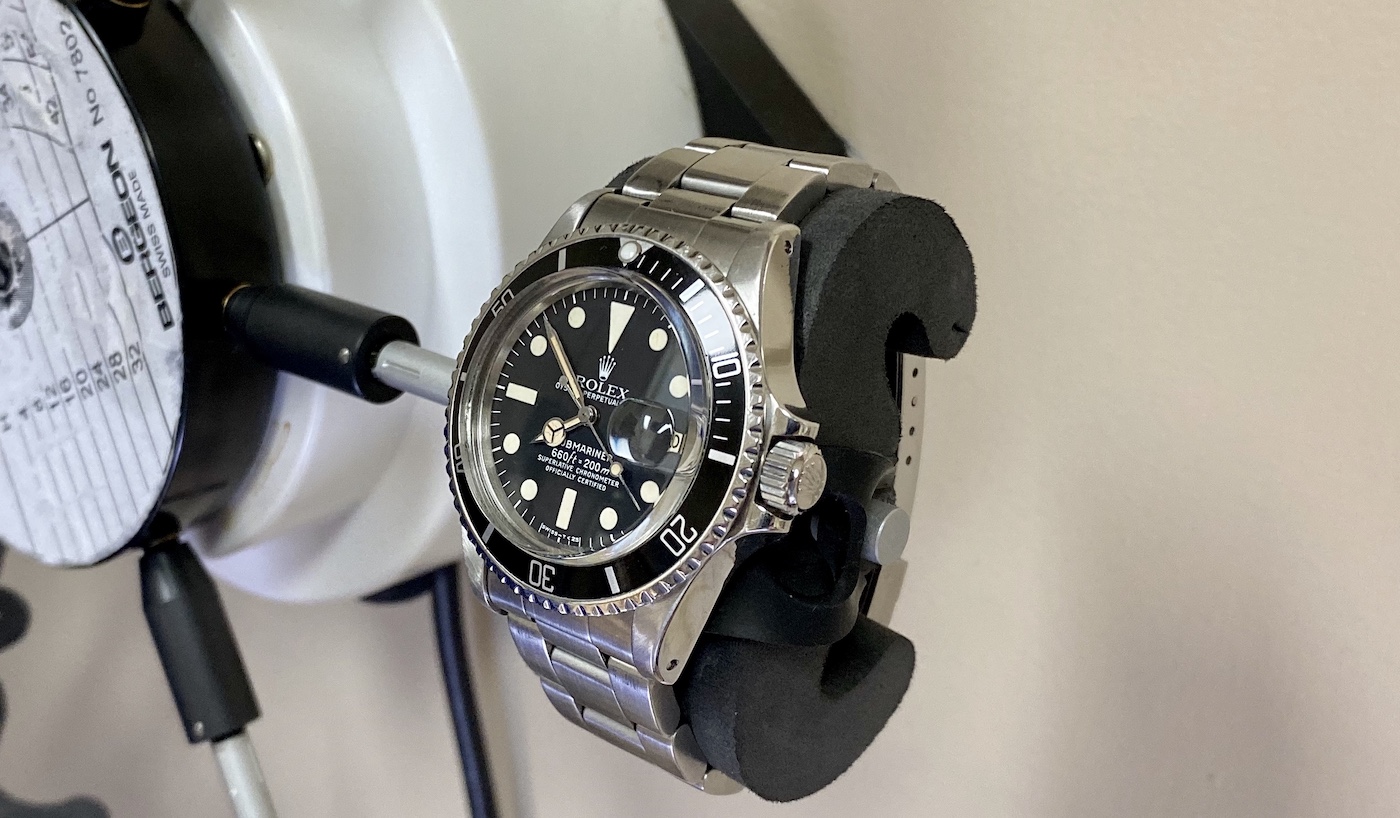
The watch in question keeps time to +1.2 seconds per day, which is within the Rolex requirements, even though each position doesn’t meet the +2 – 2 seconds outlined. From these figures, we understand that a more significant gain in some positions and a loss in others could still be acceptable. Other requirements come into play, such as maximum allowable differences, temperature, testing times, and the amplitude at the wind, Still, the figures discussed give all the information that is needed to understand the testing requirements accurately.
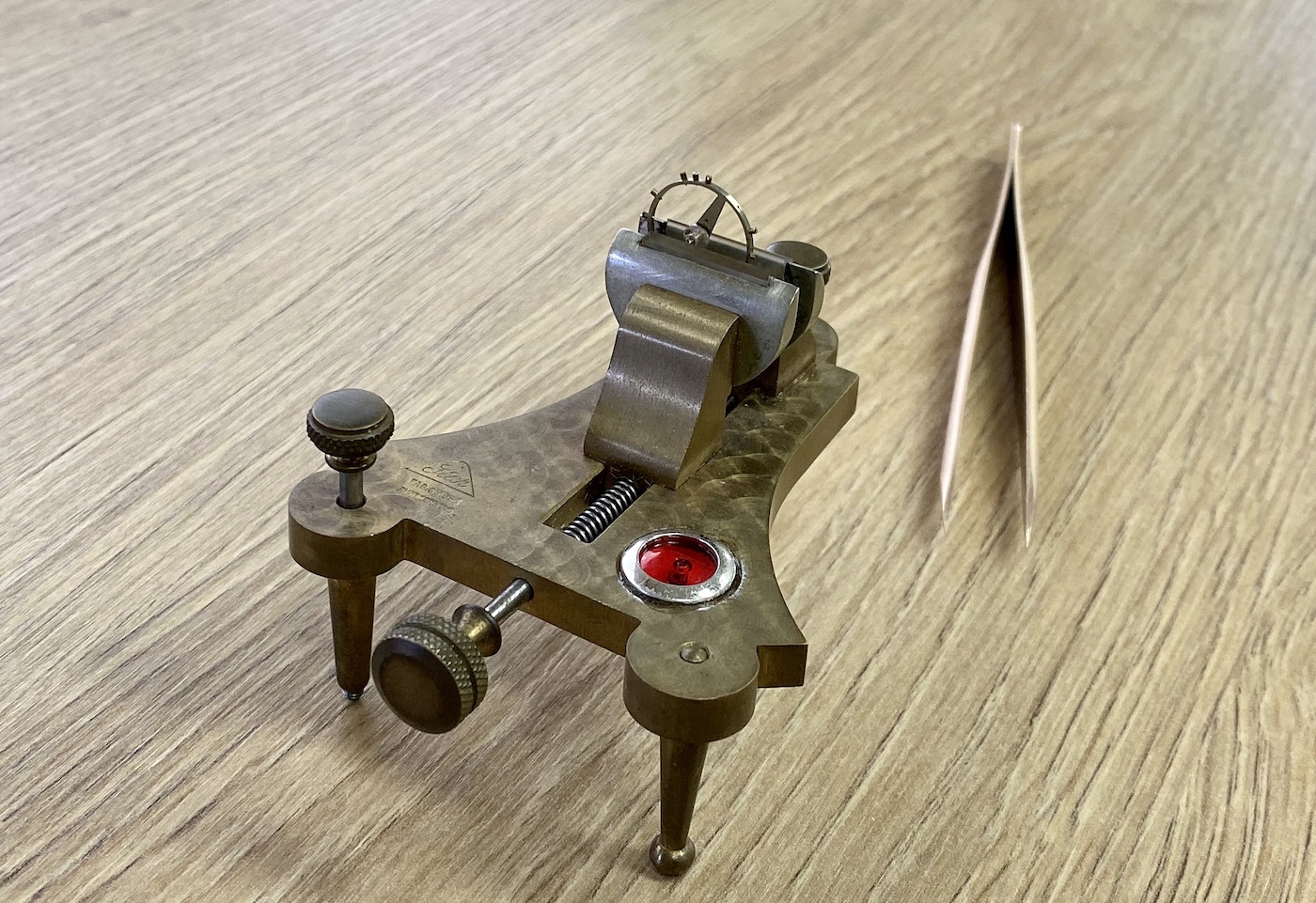
Conclusion
It is evident from the information discussed why brands felt the need to update the timekeeping requirements of their products and make their specifications higher than that of C.O.S.C. While C.O.S.C. still tests Rolex and other movements, it’s good to see brands keeping up with the consumers of today who require more from their watches.
We live in an enlightened age where technology is cheap and information abounds. Checking the accuracy of mechanical watches and knowing the standards are tasks that can both be completed from the comfort of our own home with a smartphone, but making sense of that information can be confusing. Having the knowledge to make sense of the results you see and comparing them to the stated accuracy helps to avoid the frustrations of the at-home testing equipment that may lead you to believe your watch is not performing well when it actually is.
